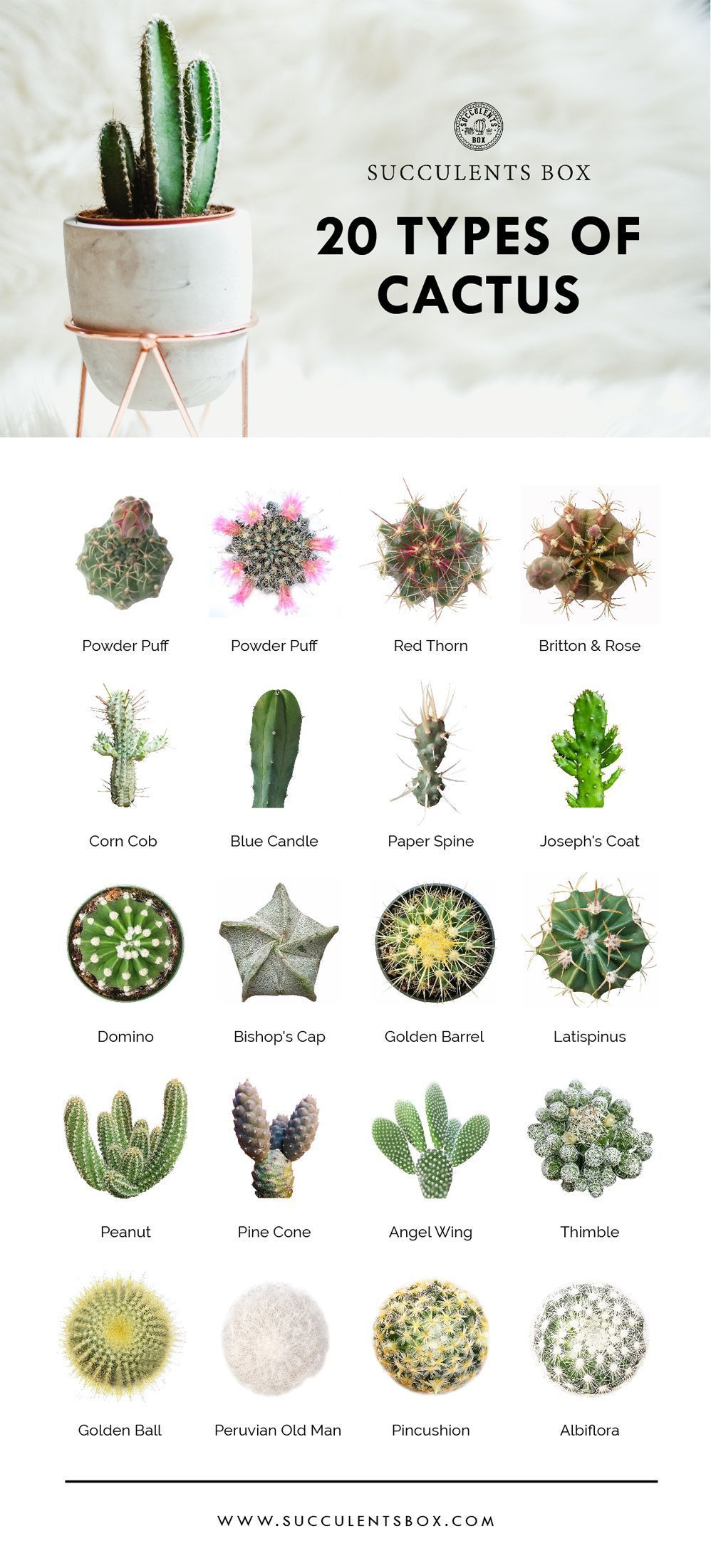Plants that mimic the iconic silhouette of cacti have captured the imagination of botany enthusiasts for generations. This intriguing world of succulent impostors boasts an array of species that, at first glance, could be mistaken for their spiny counterparts. In this article, we will explore various non-cacti plants that exhibit similar characteristics, inviting readers to challenge their preconceived notions and indulge their curiosity about these captivating flora.
Identifying these unique plants not only broadens our appreciation for biodiversity but also highlights the delicate interconnections among different species in various ecosystems. Let us delve into this extraordinary realm and discover the remarkable plants that bear a striking resemblance to cacti.
A Deceptive Appearance: Plants That Dazzle Like Cacti
It is essential to identify specific features that create the visual illusion of cacti in certain plants. Many non-cacti varieties exhibit thick stems, fleshy leaves, and spiny or thorny characteristics that resemble the beloved cactus. Within these similarities lie a plethora of plant types that evoke the allure of arid landscapes. Here are a few noteworthy examples:
Spurge Family: A Spiny Surprise
The Euphorbiaceae family, commonly known as the spurge family, is home to several species that resemble cacti due to their succulent structures. One prime example is the Euphorbia tirucalli, or the pencil cactus. This plant boasts cylindrical, jointed stems that can reach impressive heights and may grow in a shrub-like form. Their resemblance to cacti is amplified by their resilience and ability to retain water, making them superbly adapted to drought conditions.
Another notable member is Euphorbia milii, better known as the crown of thorns. This species features thick, spiny stems adorned with small, vibrant flowers. While the crown of thorns may not possess the iconic arm-like appendages of traditional cacti, its spines and succulent nature create a striking comparison, eliciting curiosity about its survival in challenging environments.
Okay, Let’s Talk About Agaves!
Agaves are fascinating succulent plants that bring a feel of the desert but are distinctly different from cacti. Agave americana, famously known as the century plant, aptly demonstrates this assertion. With its rosette of thick, fleshy leaves that end in sharp points, the agave presents a formidable façade that could easily be mistaken for a cactus species. Their rigid structures store significant amounts of water, allowing them to thrive in arid climates.
Another standout agave is the Agave parryi, recognized for its compact rosettes adorned with spiky margins. While agaves share some similarities with cacti, such as their drought tolerance and ample storage capabilities, they can be distinguished by their leaf structure and the absence of areoles—small, cushion-like structures from which cactus spines emerge.
Other Succulent Posers: Exploring Jatrophas and Kalanchoes
Among the myriad of succulent imitators, the Jatropha family and Kalanchoe genus warrant particular attention. Jatropha podagrica, or the bottle plant, is celebrated for its swollen, water-storing trunk and erect, thick leaves that lend an unmistakable resemblance to cacti. Its stunning red flowers serve as an enticing contrast to its otherwise imposing appearance. This fascinating plant may not store water in the same manner as traditional cacti, yet its adaptive survival strategies render it equally intriguing.
Kalanchoe, with species like Kalanchoe thyrsiflora, also draws attention with its fleshy leaves and eye-catching clusters of flowers. Often mistaken for a small, charming cactus, the Kalanchoe exhibits vibrant colors and delightful shapes that enrapture succulent lovers. Their adaptability in boutique arrangements and indoor settings piques curiosity about the versatility of seductive succulents.
Challenges in Identification: The Cacti Conundrum
As we explore this diverse array of impostors, it becomes crucial to understand how the appearance of these plants can create confusion among gardeners and enthusiasts alike. While some species may display characteristics akin to cacti, their biological makeup often diverges significantly. Plants like the aforementioned Euphorbia family may possess toxic sap, creating health risks if handled improperly. This stark contrast highlights the importance of careful identification and understanding within the succulent realm.
For gardening aficionados, an awareness of these distinctions allows for the proper selection and care of plants. Misidentification can lead to inadequate care or even create harmful situations for humans and pets alike. Through careful observation of features, habitat preferences, and reproduction methods, enthusiasts can foster a deeper appreciation for these splendid plants that challenge the traditional notion of cacti.
Conclusion: A Kaleidoscope of Botanical Wonders
The world of plants that look like cacti is a vibrant tapestry of diversity. Engaging with these species not only sharpens our recognition skills but also unveils the beauty of adaptation and survival in various environments. As we navigate this verdant wilderness, we realize that the boundaries between plant families are often blurred, inviting us to explore the intricacies of nature’s creations.
Ultimately, the fascinating world of plant impostors beckons us to reconsider our understanding of flora. Each species, whether a cactus or a captivating mimic, adds another layer to the rich narrative of Earth’s ecosystems. Embracing this awareness enriches our interactions with nature and fuels our curiosity to learn more about the incredible diversity and complexity of plant life.





Leave a Comment